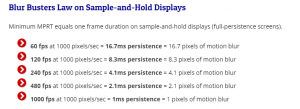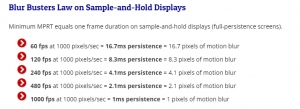Armenius
Extremely [H]
- Joined
- Jan 28, 2014
- Messages
- 41,989
Nope, not according to the testing Chris (dude that makes video above) has done. DX12 renders everything to full screen borderless. Edit: I suspect because there is a lot of pressure to have overlays. There's a whole community of input lag fanatics that follow him and they spend 100s of hours trying to get DPC latency, input lag, windows settings and bios settings perfect for zero lag. These guys refuse to use on-board audio because it can cause DPC latency spikes. They even refuse to use more recent versions of Windows 10 because of DPC latency spikes. It's too much for me, makes gaming feel like a job and I'm an IT professional!
Here's Chris spending 30 minutes making Windows changes just for COD MW. At 2:50 he talks about FSE:
Yes, it is extremely maddening that Microsoft chose to do this. I don't understand why borderless fullscreen can't just be an option instead of mandatory. I never run any third-party apps or otherwise that I need to alt+tab to when I'm playing games, and I don't use the Xbox app integration, so I don't need the tradeoffs of running a game in a window.
![[H]ard|Forum](/styles/hardforum/xenforo/logo_dark.png)


